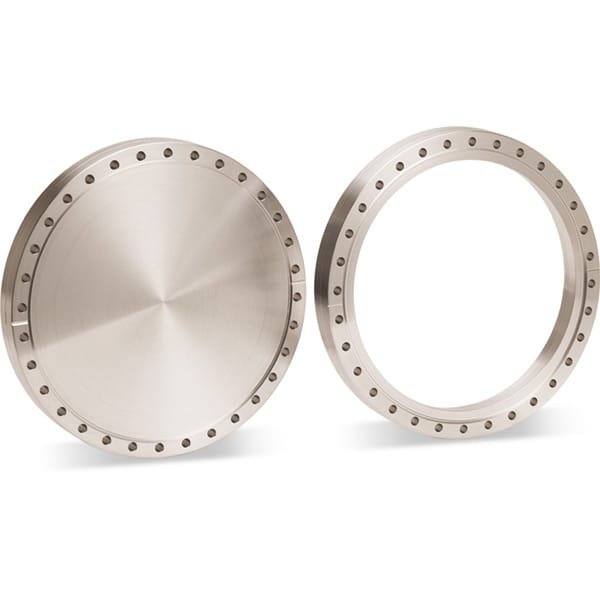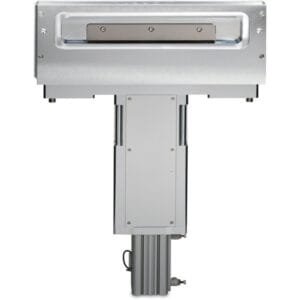Through (Clearance) Holes

Are through-holes that allow adequate clearance for bolts to go through both flanges and secured by nuts or plate nuts.
Tapped Holes

Are imperial or metric threaded holes machined through the flange. This allows a clearance-hole flange to be connected without the need for nuts or plate nuts. Be aware of a components bolt hole orientation when selecting tapped flanges.
Ordering Table
| Flange Size/OD | Type | Flange Material | Part Number |
| DN250CF (12.00" OD) | Rotatable Tapped | 304L SS | F1200X000RM |
| DN250CF (12.00" OD) | Rotatable Tapped | 304L SS | F1200X000RT |
| DN250CF (12.00" OD) | Rotatable Tapped | 304L SS | F1200X1000RM |
| DN250CF (12.00" OD) | Rotatable Tapped | 304L SS | F1200X1000RT |
| DN250CF (12.00" OD) | Rotatable | 304L SS | F1200X000R |
| DN250CF (12.00" OD) | Rotatable | 304L SS | F1200X1000R |
| DN250CF (12.00" OD) | Fixed Tapped | 304L SS | F1200X000NM |
| DN250CF (12.00" OD) | Fixed Tapped | 304L SS | F1200X000NT |
| DN250CF (12.00" OD) | Fixed Tapped | 304L SS | F1200X1000NM |
| DN250CF (12.00" OD) | Fixed Tapped | 304L SS | F1200X1000NT |
| DN250CF (12.00" OD) | Fixed | 304L SS | F1200X000N |
| DN250CF (12.00" OD) | Fixed | 304L SS | F1200X1000N |





Reviews
There are no reviews yet.